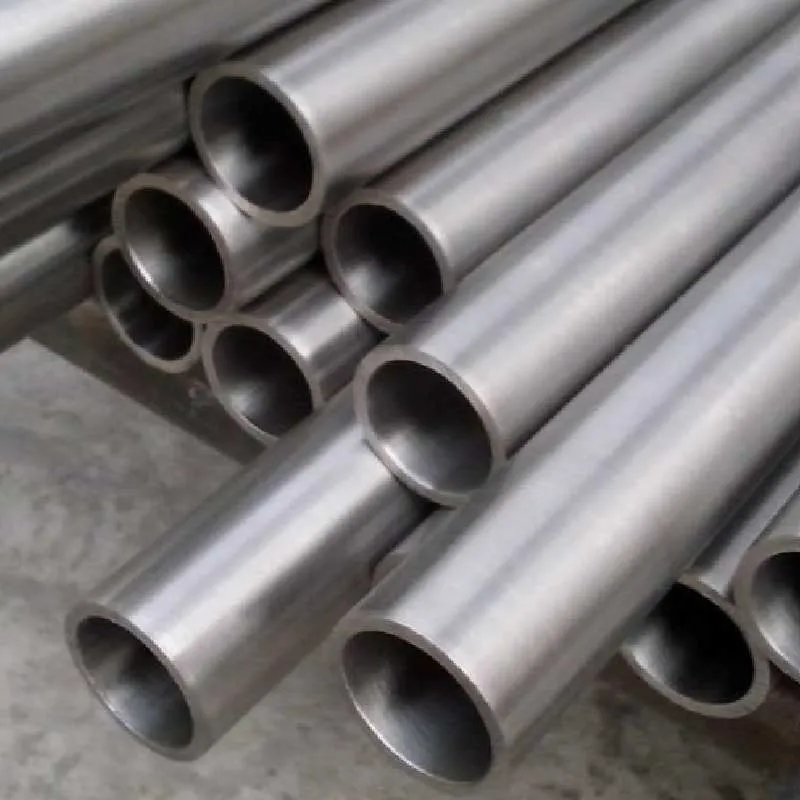-
Cangzhou Yulong Steel Co., Ltd.
-
Phone:
+86 13303177267 -
Email:
admin@ylsteelfittings.com
- English
- Arabic
- Italian
- Spanish
- Portuguese
- German
- kazakh
- Persian
- Greek
- French
- Russian
- Polish
- Thai
- Indonesian
- Vietnamese
- Zulu
- Korean
- Uzbek
- Hindi
- Serbian
- Malay
- Ukrainian
- Gujarati
- Haitian Creole
- hausa
- hawaiian
- Hebrew
- Miao
- Hungarian
- Icelandic
- igbo
- irish
- Japanese
- Javanese
- Kannada
- Khmer
- Rwandese
- Afrikaans
- Albanian
- Amharic
- Armenian
- Azerbaijani
- Basque
- Belarusian
- Bengali
- Bosnian
- Bulgarian
- Catalan
- Cebuano
- China
- China (Taiwan)
- Corsican
- Croatian
- Czech
- Danish
- Esperanto
- Estonian
- Finnish
- Frisian
- Galician
- Georgian
- Kurdish
- Kyrgyz
- Lao
- Latin
- Latvian
- Lithuanian
- Luxembourgish
- Macedonian
- Malgashi
- Malayalam
- Maltese
- Maori
- Marathi
- Mongolian
- Myanmar
- Nepali
- Norwegian
- Norwegian
- Occitan
- Pashto
- Dutch
- Punjabi
- Romanian
- Samoan
- Scottish Gaelic
- Sesotho
- Shona
- Sindhi
- Sinhala
- Slovak
- Slovenian
- Somali
- Sundanese
- Swahili
- Swedish
- Tagalog
- Tajik
- Tamil
- Tatar
- Telugu
- Turkish
- Turkmen
- Urdu
- Uighur
- Welsh
- Bantu
- Yiddish
- Yoruba

Oct . 31, 2024 04:34 Back to list
flange ansi 300 rf
Understanding ANSI 300 RF Flanges A Comprehensive Overview
Flanges are critical components in piping systems, serving as connection points that enable the joining of various sections of pipe, valves, and other equipment. Among the various types of flanges available, ANSI 300 RF (Raised Face) flanges are particularly notable due to their widespread application in industrial and commercial settings. This article delves into the characteristics, applications, and advantages of ANSI 300 RF flanges, providing a clear understanding of their role and significance.
What is ANSI 300 RF Flange?
The term ANSI refers to the American National Standards Institute, which sets the standards for flanges based on their pressure ratings and dimensions. The 300 designation indicates the flange's pressure class, which signifies its ability to withstand a specified amount of pressure at a certain temperature. Specifically, ANSI 300 flanges are designed to handle pressures up to 720 psi (pounds per square inch) at a temperature of 100°F (38°C).
The RF or Raised Face feature refers to the surface of the flange. In RF flanges, the sealing surface is raised above the bolt circle, which allows for improved sealing when paired with gaskets. This design is particularly advantageous in high-pressure applications, as it creates a more effective barrier against leaks.
Applications of ANSI 300 RF Flanges
ANSI 300 RF flanges are commonly used in various industries, including oil and gas, chemical processing, power generation, and water treatment. Their high-pressure rating makes them suitable for environments where fluids need to be transported safely and reliably. They are often employed in applications involving steam, water, oil, and other industrial liquids and gases.
In addition to their use in industrial settings, ANSI 300 RF flanges can also be found in municipal water systems, HVAC systems, and even residential plumbing applications where high pressure is a concern.
flange ansi 300 rf

Advantages of Using ANSI 300 RF Flanges
1. High Pressure Tolerance One of the primary benefits of ANSI 300 RF flanges is their ability to withstand high-pressure conditions. This makes them ideal for critical applications where safety and reliability are paramount.
2. Versatility They can be fabricated from various materials, including carbon steel, stainless steel, and alloy materials, making them adaptable to different environmental conditions and corrosive substances.
3. Ease of Installation ANSI 300 RF flanges are designed for straightforward installation and maintenance. The raised face design allows for easier alignment and secure fastening when bolting two flanges together.
4. Leak Prevention The raised surface enhances the sealing capability, thereby minimizing the risk of leaks, which is a crucial factor in maintaining system integrity and safety.
5. Standards Compliance Being ANSI-compliant ensures that these flanges meet rigorous industry standards, which is essential for organizations that prioritize quality and safety.
In summary, ANSI 300 RF flanges play a pivotal role in ensuring the efficiency and safety of various piping systems across multiple industries. Their robust design, high-pressure capabilities, and effective sealing properties make them indispensable in the realm of fluid transport and management. Understanding their features and applications can significantly benefit engineers, contractors, and maintenance personnel involved in the design and upkeep of piping systems.
Latest news
-
ANSI 150P SS304 SO FLANGE
NewsFeb.14,2025
-
ASTM A333GR6 STEEL PIPE
NewsJan.20,2025
-
ANSI B16.5 WELDING NECK FLANGE
NewsJan.15,2026
-
ANSI B16.5 SLIP-ON FLANGE
NewsApr.19,2024
-
SABS 1123 FLANGE
NewsJan.15,2025
-
DIN86044 PLATE FLANGE
NewsApr.19,2024
-
DIN2527 BLIND FLANGE
NewsApr.12,2024
-
JIS B2311 Butt-Welding Fittings LR/SR 45°/90° /180°Seamless/Weld
NewsApr.23,2024











